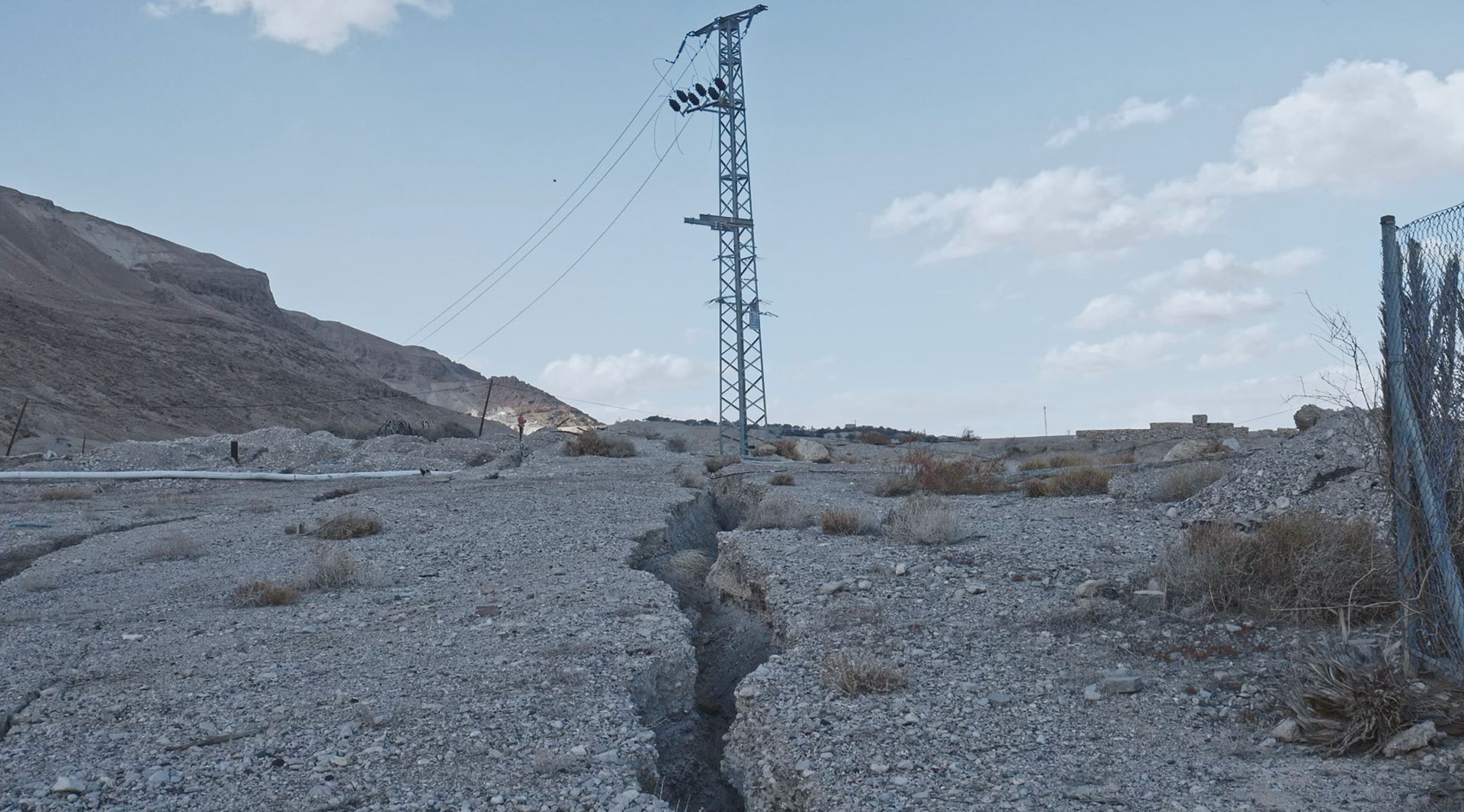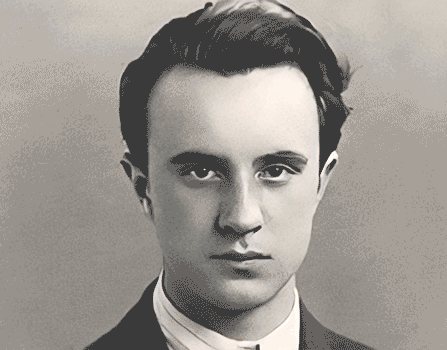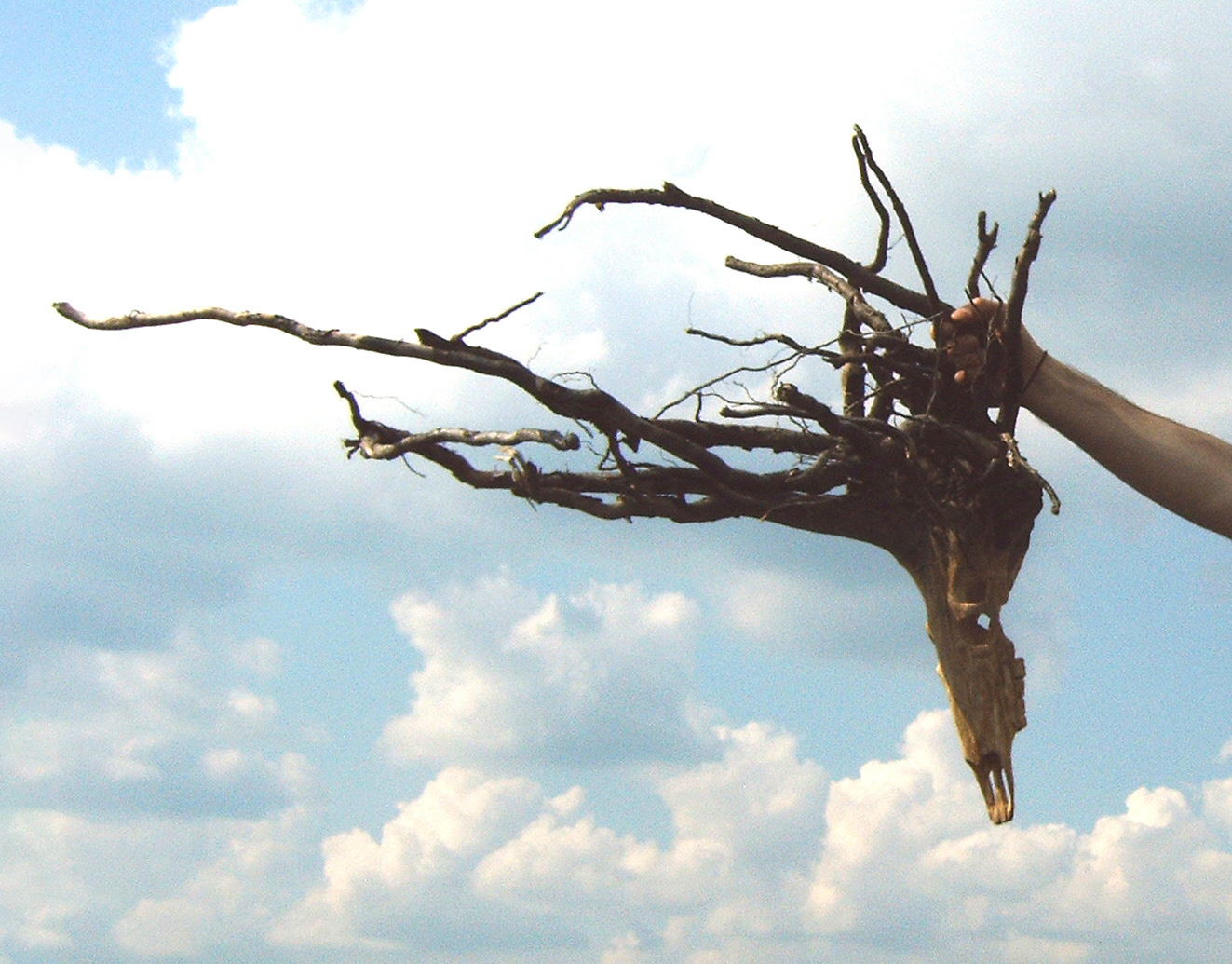During my research semester in Jerusalem, I visited the Dead Sea for the first time. I was immediately fascinated by the surroundings, and although I quickly grew tired of the desert, it was the human intervention that I found most exciting.
For some time now, water has been taken from the Jordan River to supply drinking water and for agricultural irrigation. Since the 1980s at the latest, the water level has been dropping by around one meter a year as a result, and the northern part of the Dead Sea is gradually drying up.
The sinking of the lake surface often causes so-called sinkholes to open up on the shore. This is caused by layers of brine in the ground which, as the water level drops, come under the influence of seeping fresh water and are thus loosened. The number of sinkholes on the Israeli side is increasing daily and have turned date plantations and tourist sites into danger zones.
These places have a very unique atmosphere that tells of decay, nostalgia, development and abandonment. Together with italian designer and artist Elena Peretti, whom I met at my stay, I worked on a piece to document and comment this feeling.
Holeness picks up on this mood by showing individual places without excitement and by accompanying them with excerpts from Franz Kafka's "The Burrow", an unfinished short story written six months before his death. In the story a badger-like creature struggles to secure the labyrinthine burrow he has excavated as a home.
During the project I was also able to experiment with NeRFs (Neural RadianceFields) and took my first steps with the LumaLabs.ai service. However, the AI experiments did not make it into the final video, as the main focus here was to be on the static and still environment. This gave the holes a much more sober effect.
Camera and sound: Benjamin Bertram
Editing and voice: Elena Peretti
Editing and voice: Elena Peretti














